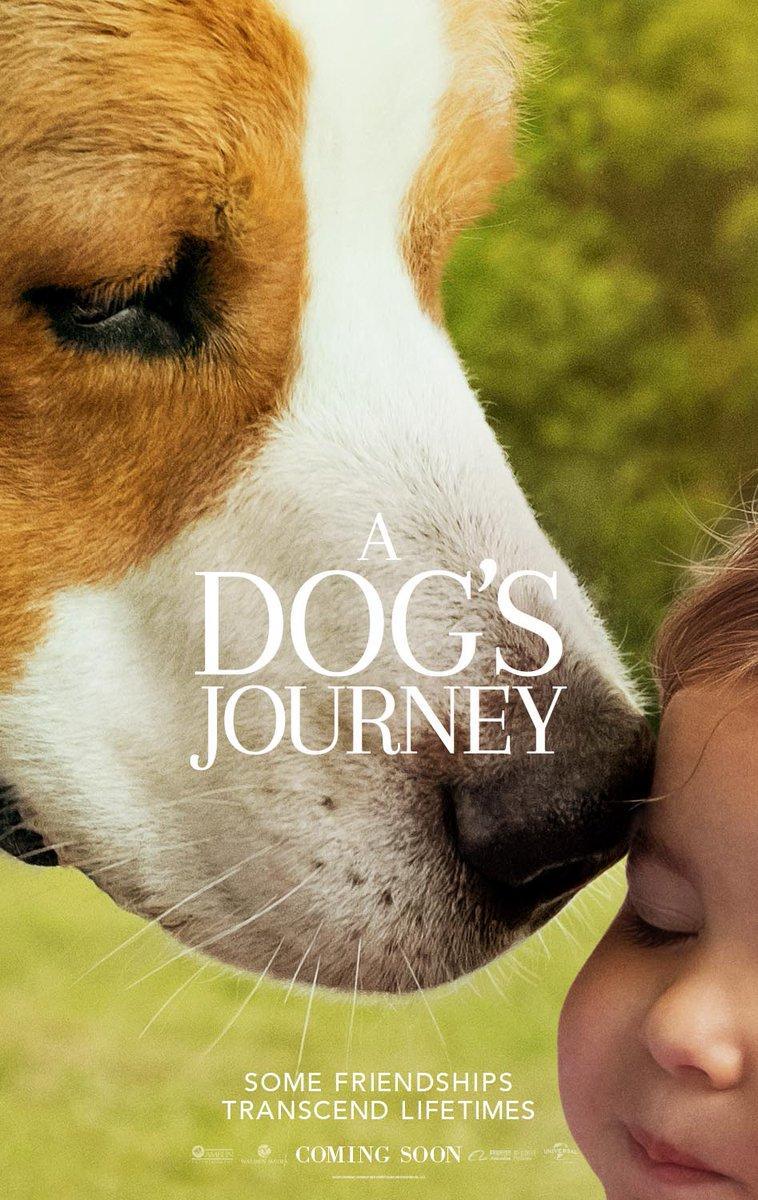Film has long been a powerful medium through which humanity explores complex emotions and societal issues. Among these, the portrayal of animals, particularly dogs, has become a significant narrative element, stirring a profound emotional response within audiences. “A Dog’s Journey,” like its predecessor “A Dog’s Purpose,” purports to delve into the extraordinary bond between humans and their canine companions. However, in the grand tapestry of entertainment, one must grapple with an insidious undercurrent: the potential for animal cruelty in the realm of film production.
When viewing a film like “A Dog’s Journey,” one cannot help but be seduced by the anthropomorphism of dogs, who are shown to possess deep emotional capacities and the uncanny ability to connect with their human counterparts. The story often revolves around themes of loyalty, love, and sacrifice. It’s a narrative structure that grips the heart and holds it in visceral suspense. Yet, beneath these captivating narratives lies a crucial consideration: what realities do we pander to when we are entertained by the plight of animals? Are we portraying a genuine appreciation for their existence, or simply exploiting their vulnerabilities for emotional gain?
The fascination with canine narratives transcends mere entertainment. It reflects a cultural proclivity towards romanticizing the human-animal relationship. This fascination is deeply embedded in our collective consciousness, as canines have been loyal companions to humanity for millennia. They are often seen as representations of unconditional love and purity, virtues that contrast sharply with the complexities and sometimes cruelty of human behavior. That juxtaposition may be precisely what makes stories such as “A Dog’s Journey” so compelling. Yet, this fascination can inadvertently normalize the trivialization of animal suffering.
In “A Dog’s Journey,” the central theme revolves around reincarnation, emphasizing the idea that a dog’s purpose is intertwined with human destinies. This connection, while heartwarming and reinforcing of the sentiment of loyalty, invites scrutiny regarding how these narratives may inadvertently trivialize the real experiences of dogs enduring hardship and cruelty. One must ask: is it ethical to dramatize the hardships faced by animals merely to entertain? The line between compelling storytelling and sobering reality begins to blur.
The production of films often raises ethical concerns regarding the treatment of animals involved. Organizations like the American Humane Association monitor film sets to ensure humane treatment, yet instances of neglect and abuse have surfaced time and again. Reports reveal that behind the scenes, the very dogs that elicit tears from audiences may suffer from conditions that remain unseen. Such revelations underscore a disconcerting paradox: how can a narrative aimed at celebrating the beauty of the human-animal bond simultaneously contribute to the very suffering it seeks to portray?
Moreover, animal cruelty in films can perpetuate damaging stereotypes that misrepresent animals and their behaviors. By casting dogs in overly emotional scenarios or subjecting them to perilous situations purely for cinematic effect, filmmakers risk solidifying a narrative that reduces complex lived experiences to mere plot devices. The dog that bravely saves its owner or also experiences torment may resonate with audiences, yet it is imperative to ask whether these portrayals reinforce or challenge societal norms around animal welfare.
Furthermore, the emotional manipulation of audiences through the plight of an animal can have far-reaching effects. Viewers may walk away from such films feeling a sense of empathy while simultaneously becoming desensitized to genuine animal suffering in the real world. By concentrating on cinematic narratives that sensationalize the misfortunes of animals, we risk creating a society that becomes numb to the realities of animal cruelty. The truth is that such portrayals fulfill a spectacle that may allow audiences to feel profound emotions, yet ultimately distract from the urgency of addressing actual issues facing animals.
As we navigate this complex landscape of animal representation in cinema, it is essential to foster a culture of awareness and responsibility. Audience members must remain vigilant, discerning whether a film serves as a compelling narrative that uplifts the human-animal relationship or merely exploits emotional narratives for entertainment without addressing the underlying issues of cruelty. Viewing films through a critical lens can be transformative—a means not only to enjoy art but to educate oneself and advocate for change.
In conclusion, “A Dog’s Journey” and similar films can be likened to a double-edged sword—enticing in their evocation of love and companionship while simultaneously inviting conversations about animal cruelty. It is imperative that we critically engage with these narratives and challenge the ethical boundaries between storytelling and the true welfare of our canine companions. Are we willing to engage in difficult conversations surrounding animal rights and welfare while still enjoying the art of cinema? The answer to this question may dictate not just how we perceive films about animals, but also how we choose to act in the world beyond the screen. Every viewing experience should prompt introspection and, ultimately, a call to action against the very cruelties we witness, whether on screen or in our reality.








